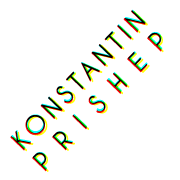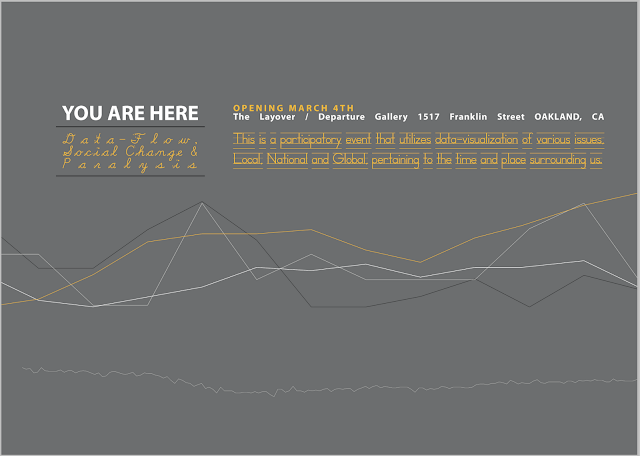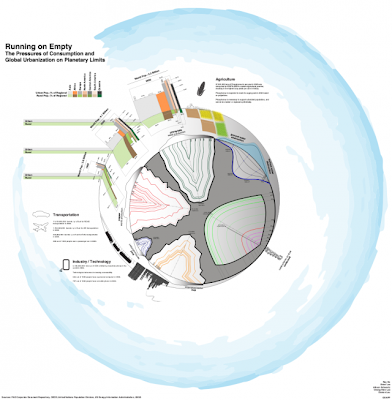http://www.nytimes.com/2010/08/15/business/economy/15view.html
Here are the photos of the pieces featured in the last show
Three booths in the forms of honey combs for 32 hours in public space in central Berlin around the Brandenburg Gate and the Charité Hospital. These sculptures served as mobile video studios inside, where pedestrians were asked to give theirs individual statements to the topic of SUSTANABILITY – Climate Change – Value Change.
A short documentary of the project is available here .
http://www.urbandialogues.de/index.php?page=18/#past_03
I am having an art show at The Layover / DepARTure gallery in downtown Oakland. Opening on March 4th: 1517 Franklin Street & intersection of 15th street.
Been looking at data visualization projects. Many present an interesting intersection between Art Politics and Technology. Moreover, its they create an new perspective to talk about and see aspects of the world we live in.
Here is an example of one such project:
“In recent years, as the U.S. prison population has soared, million-dollar blocks have popped up in cities across the country. Maps of prison spending (like the one on the left) suggest a new way of looking at this phenomenon, illustrating the oft ignored reality that most prisoners come from just a handfulof urban neighborhoods. These maps invite numerous questions: How is the community benefiting from all the money being spent? And might there be another, better way to spend those same criminal-justice dollars?”
Link to Project
For inspiration:
http://www.visualizing.org/
“We created Visualizing.org because we want to help connect the proliferation of public data… with a community that can help us understand this data… with the general public.”
Interesting study on how people use all that green space in Berlin.
http://www.urbandialogues.de/index.php?page=parking
“The Wall Park, where the borderline between East and West splitted the city in two pieces from 1961-1989 functions as a gathering place for the younger generation before night clubbing”
Done by the organization Urban Dialogues:
The non-profit art organization metropolitan urban
dialogues is treating questions of urban change and
flux during the last twelve months through a series of
site-specific projects in Berlin and participatory arts
projects in other European metropolis.
http://www.urbandialogues.de/






























